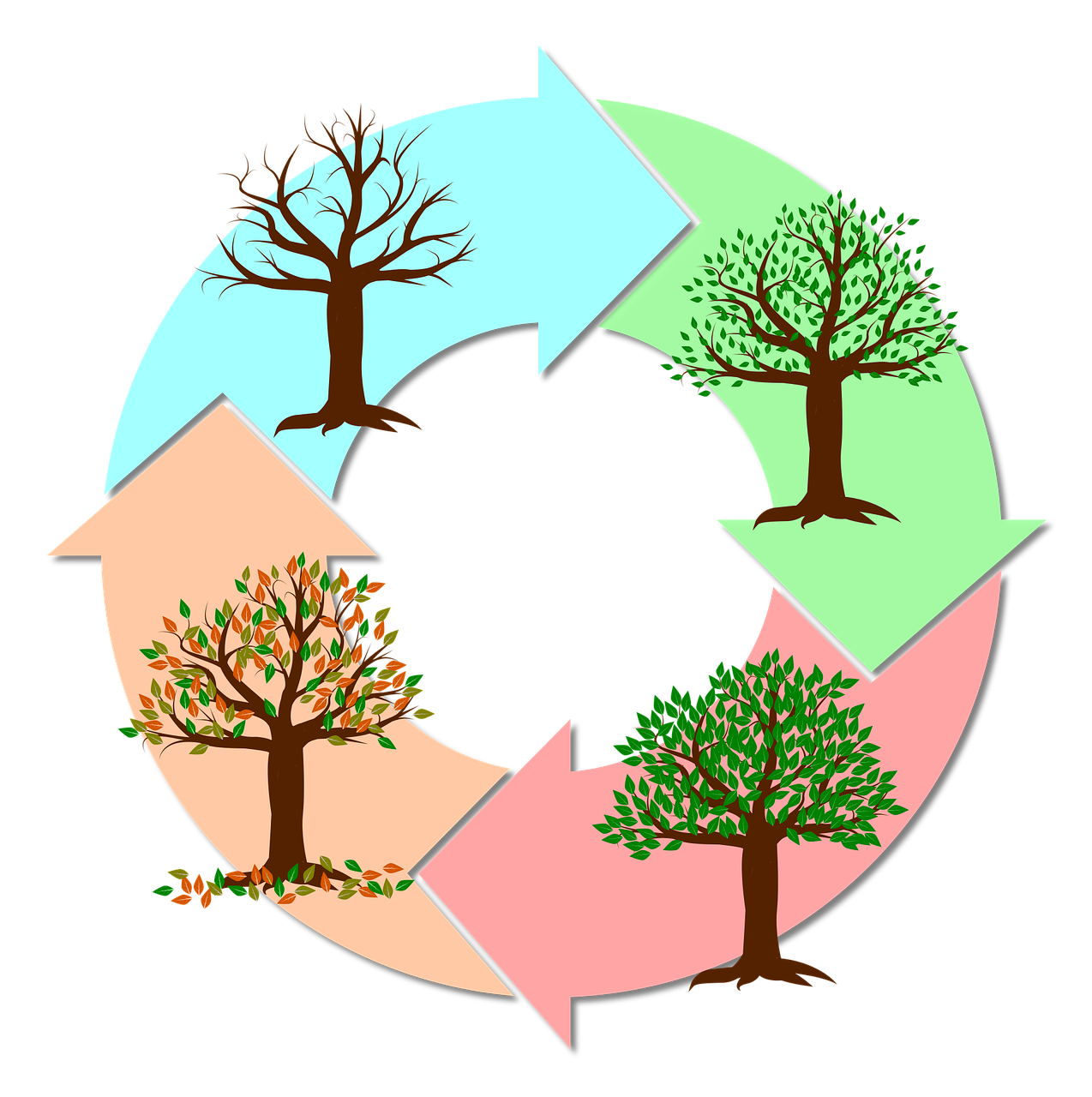The work of people with disabilities has various meanings. It is not only a means of income but also a space to establish social relationships and fulfill personal roles. However, this work is not always continuous, and at some point, the door often closes. Especially as one grows older, employment opportunities tend to decrease, and the sustainability of work shows a downward trend. This is not simply an individual problem, but also a reflection of how systems and environments operate.
During youth, there are relatively diverse pathways for entering employment. Many take their first steps into society through vocational rehabilitation facilities or work experience programs after graduating from special schools, and companies or public institutions of a certain size keep the door open for hiring through a disability employment quota system. However, there are still challenges in terms of the quality and stability of employment. The length of tenure after entering the workplace is not long, and there are many cases where it does not lead to career advancement. Jobs may be available, but pathways often become disconnected, and the flow to re-employment after changing jobs is rare.
As one enters middle age, these trends become even more pronounced. Many work in non-regular employment forms, and it can be challenging to maintain continuous work due to health issues or family caregiving responsibilities. In particular, opportunities for transitions in the workplace or participation in training programs during employment are limited, and re-employment becomes more difficult as age increases. While middle-aged non-disabled individuals also find themselves in vulnerable positions in the labor market, people with disabilities experience double constraints.
Old age brings about another change. While there are not a few people with disabilities who wish to work after retirement, there are not many jobs available for them. Even in situations where labor is needed for livelihood, choices are often limited to simple labor-type public jobs. Many are left in the blind spot of national pension or retirement pension systems, and it can be difficult to maintain daily life with disability pensions alone. The reality faced at the end of employment causes one to reconsider the meaning of work.
Accordingly, an approach to employment for people with disabilities by life cycle is required. In youth, job design should consider short-term job provision and the potential for career formation and development. In middle age, support for job retention and job transitions, as well as training approaches centered on current employees, become important. In old age, efforts are being made to organically link existing welfare and employment to expand various forms of socially participatory jobs.

Discussions surrounding the employment of people with disabilities tend to focus on the ‘beginning.’ This is partly because crossing the threshold of employment is the most difficult, but it is also true that relatively little attention has been given to life after that. However, employment is not a momentary event but a journey that spans a person’s entire life. Work may be paused, but life continues, and to ensure that life is respected, the connection to work must not be severed.
Employment for people with disabilities is as important at the end as it is at the beginning. How long they can work determines the dignity of their lives. Work itself may not be an end but can become a way of relating to society as one ages. It is a time that requires social imagination towards workplaces where one can age together.



![Read more about the article [On-site interview] Instead of regretting what cannot be done, let’s do our best at what we can do](https://knda.ne.kr/wp-content/uploads/2024/10/image01.png)
